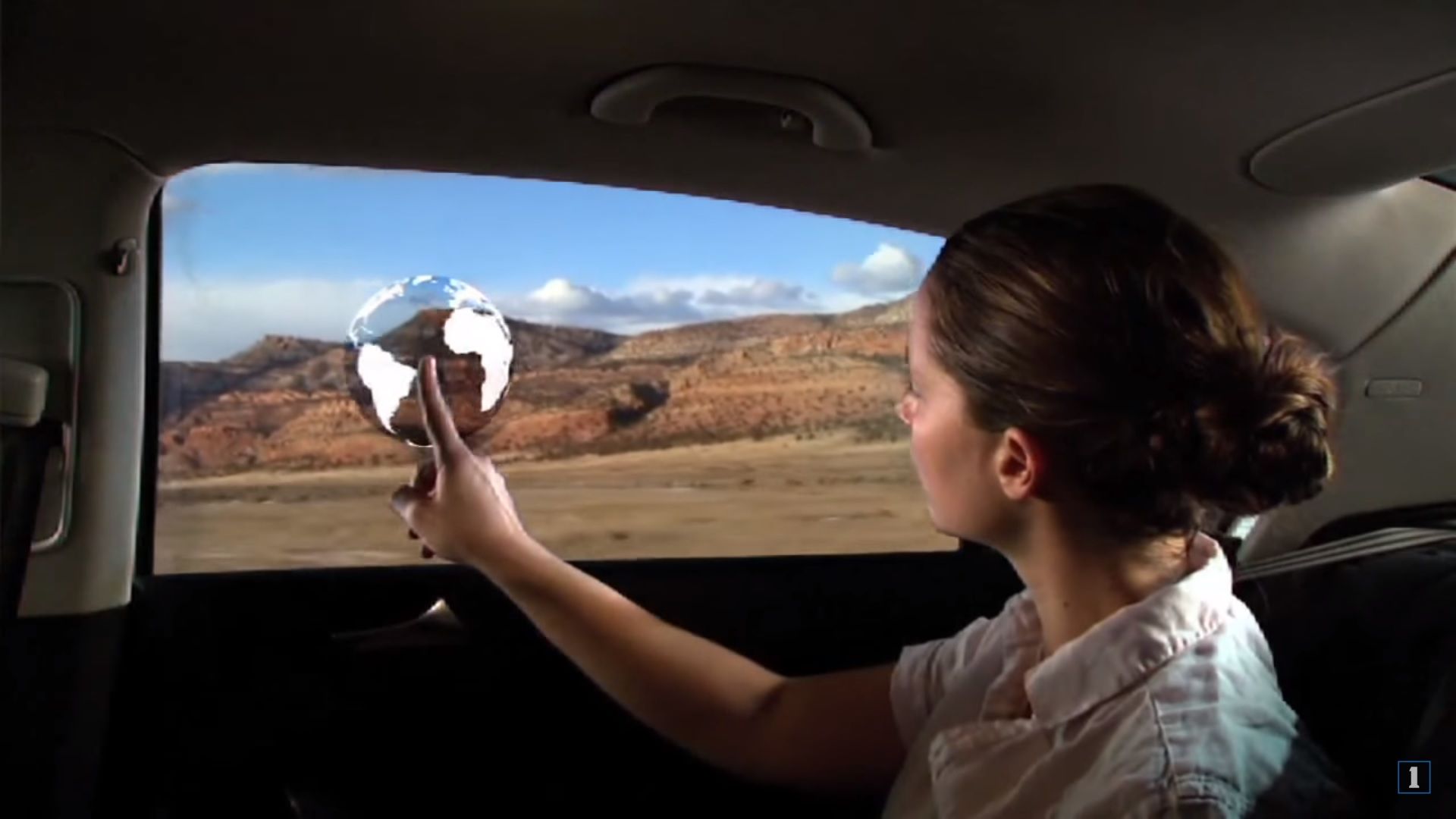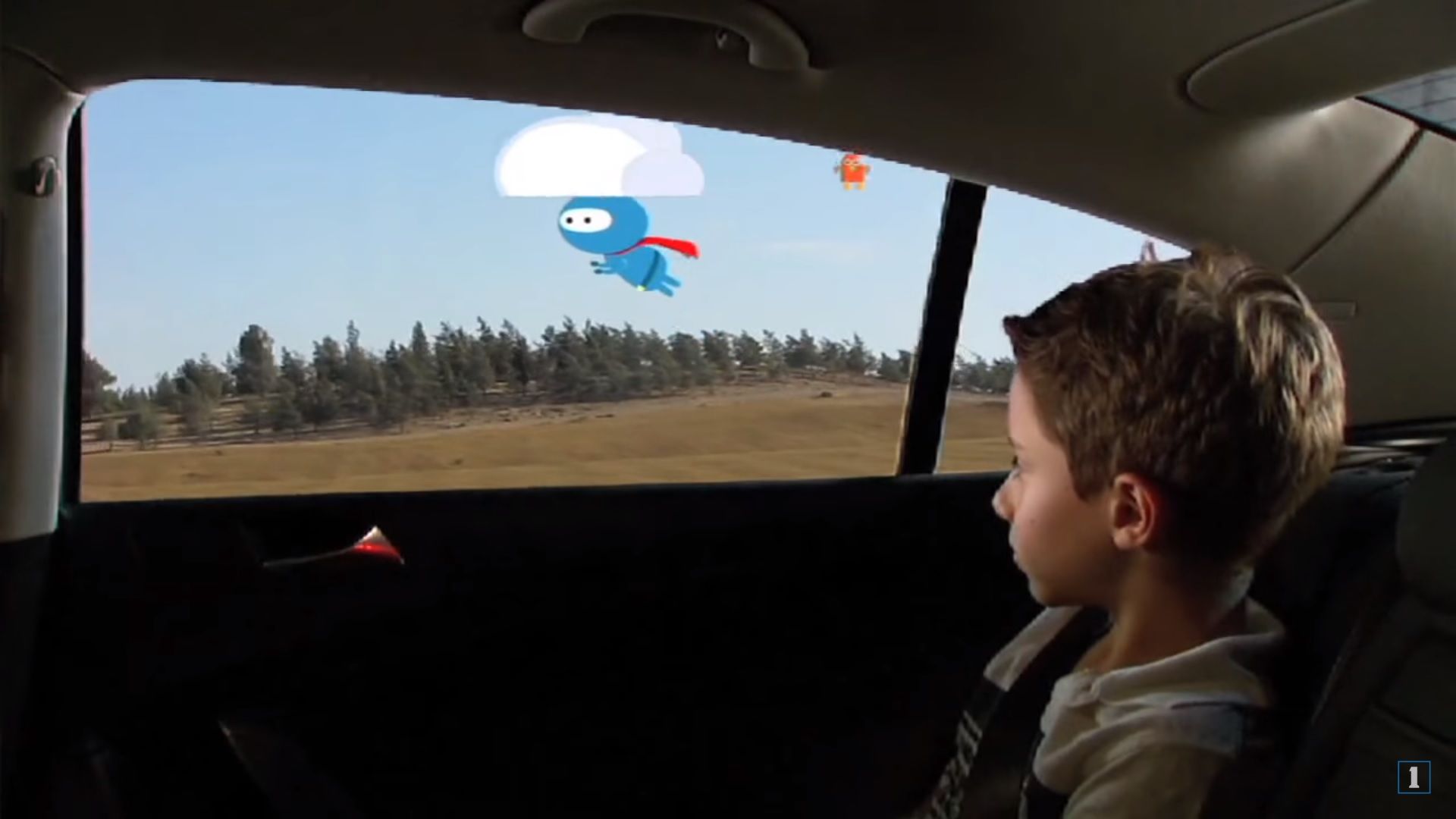As if there weren’t enough commercials in your life already, it looks as though automakers might be gearing up to bring advertisements directly to your face with the latest augmented-reality-equipped car windows.
Continue reading for the full story.
The Full Story
Last December, we covered a story on how automakers are gearing up to turn fully autonomous vehicles into mobile advertising bubbles. General Motors is on top of the tech, giving us a look at how it might become a reality in the above-featured video posted to YouTube by Motor1.
Essentially, the 3-minute, 9-second video takes a look at the latest developments GM has in store with augmented reality technology.
The video outlines myriad possibilities, including a feature that allows passengers to draw pictures on the window, write messages to the outside world like a “virtual bumper sticker,” interact with a cartoon character that flies along with you for the journey, as well as providing technical information on the vehicle itself (acceleration, output levels, etc.). You might also be able to explore maps and other places in the world, engage in social networking, share music, and connect through a number of different web apps.
It’s all very interesting stuff, and definitely gets the brain moving when it comes to dreaming up additional applications. However, although the video doesn’t mention it specifically, there’s one very clear use for this technology going forward - advertising.
Ads will definitely play a major role in this new wave of autonomous vehicles - finding a captive audience that has no choice but to soak up a product pitch is a huge deal these days, and that’s unlikely to change when autonomous vehicles hit the scene. Indeed, it’ll likely become even more sought after.
Advertisers could leverage autonomous tech and augmented reality in a number of different ways. Not only would passengers be forced to view the ad, but it could be far more personalized through the use of other onboard technology. For example, the ad could pull GPS info and social media data to create a targeted ad for a nearby restaurant (“Hit DRIVE HERE to check out the new dish all your friends are talking about!”), or it could get folks to the movie theater (“Chad and Debbie are checked in to watch the new superhero flick, hit DRIVE HERE to meet up!”).
Which begs the question - will ad blockers be optional equipment?
Further reading
Read more technology news.
Read more General Motors news.


